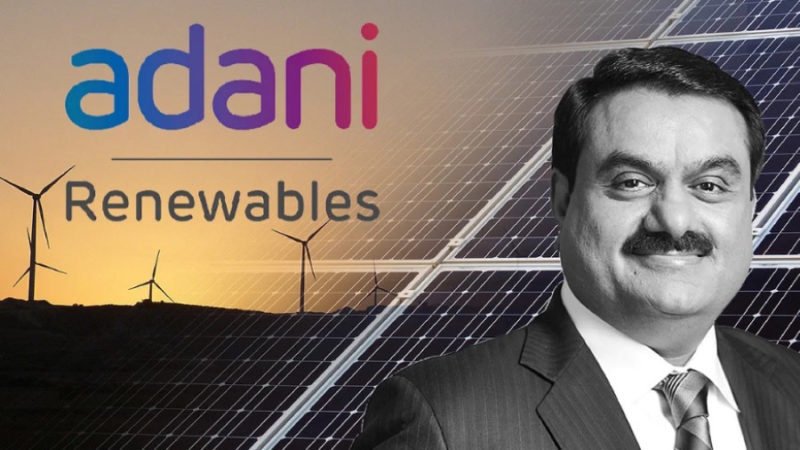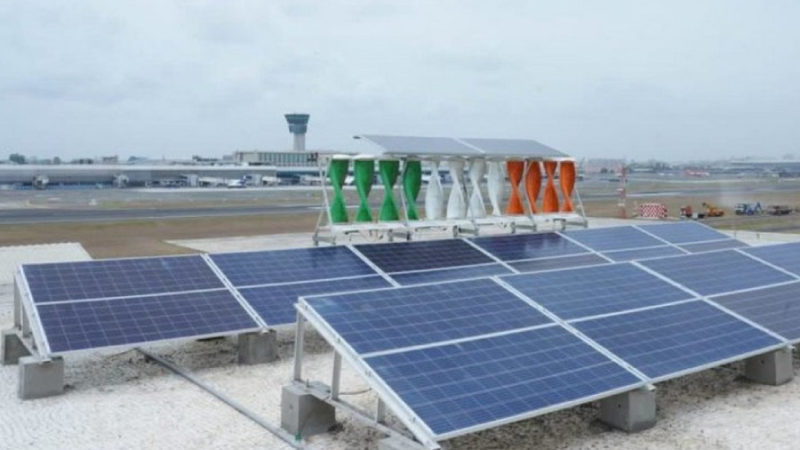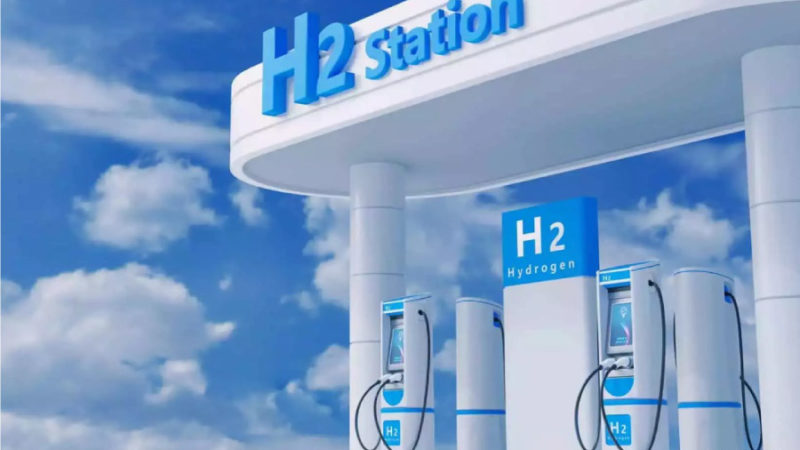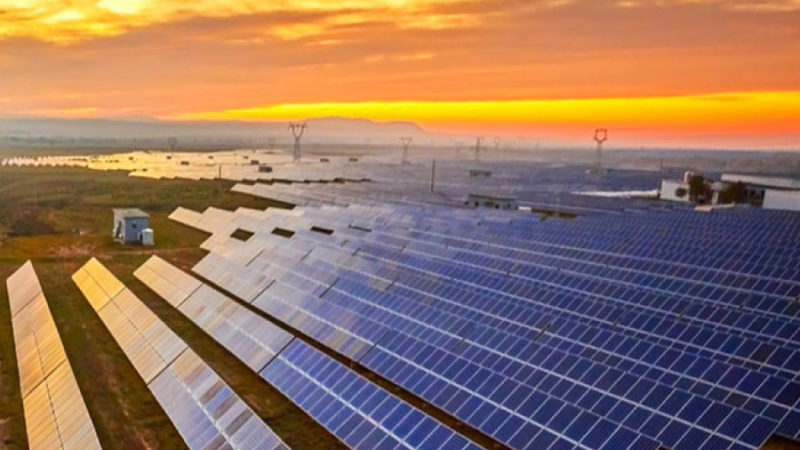Electricity regulators issue new rules for utilities to access transmission lines
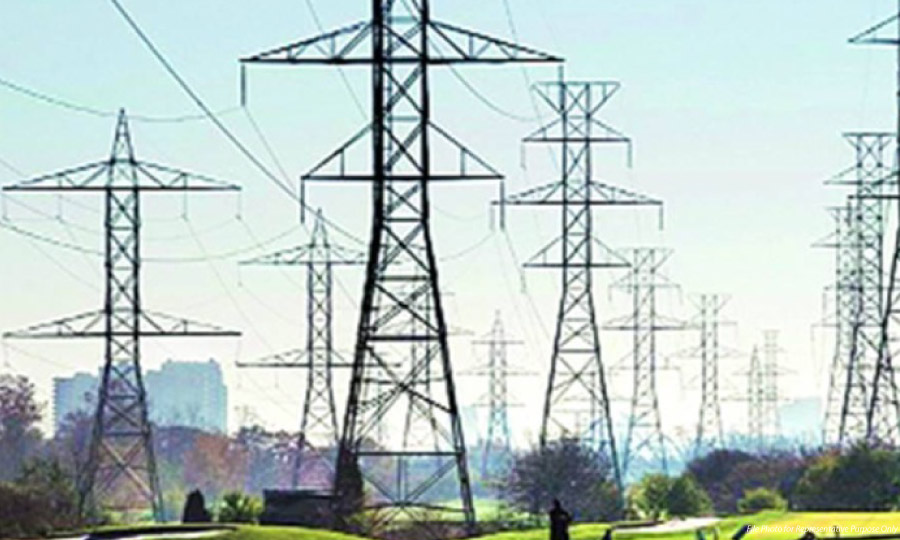
In addition to converting existing LTAs into general network access (GNA), the new rules specify the roles of the various agencies involved in transmission planning.
The Electricity (Transmission System Planning, Development, and Recovery of Inter-State Transmission Charges) Rules 2021 have been notified by the Ministry of Power. With the new rules, power utilities will have smooth access to the transmission network across the country.
There will no longer be a requirement to specify beneficiaries for power projects. This is a significant departure from the existing system of requiring prior approval for access. Furthermore, the regulations empower state electric distribution and transmission companies to determine and build their own transmission requirements.
State governments will have the option of purchasing electricity from short- and medium-term contracts, optimizing their costs.
In the current system, generating companies apply for long-term access (LTA) according to their supply agreements, while medium- and short-term transmission access is purchased on the basis of their allowances. Amounts of incremental transmission capacity are added based on the LTA application.
In light of recent developments, including the growing importance of renewable energy, an evaluation of the existing transmission planning framework was necessary. There are guidelines for how existing LTA will be converted into a general network access (GNA).
As part of the rules, GNA charges will be recovered from users of the transmission network. Besides introducing GNA, the rules also specify the roles of the various agencies involved in transmission planning.
Meanwhile, the Central Transmission Utility (CTU) will be responsible for billing, collection, and payment of interstate transmission charges. In addition, each year, the CTU will prepare a short-term plan for the next five years, and every alternate year, a perspective plan for the next ten years.
A plan for the interstate transmission system (ISTS) will also be prepared by CTU every year for the next five years. These plans will be prepared on a rolling basis. When preparing the plan, the CTU will consider various aspects such as right-of-way and the progress of generation and demand throughout the country.
The rules enable the states and generators to sell, share, or purchase transmission capacity for the first time. Excess drawdown or injection over the approved capacity will be charged at rates at least 25% higher. In this way, the entities will not understate their GNA capacity.
In the inter-state transmission system, the Central Electricity Regulatory Commission has been empowered to frame detailed GNA regulations.
In order to streamline the process of planning, developing, and recovering investment in the transmission system, the Union government has issued these rules. The rules are designed to encourage investments in the generation and transmission sectors as well as to develop deeper markets.
Connect with Power Insight: Facebook | LinkedIn | Twitter


